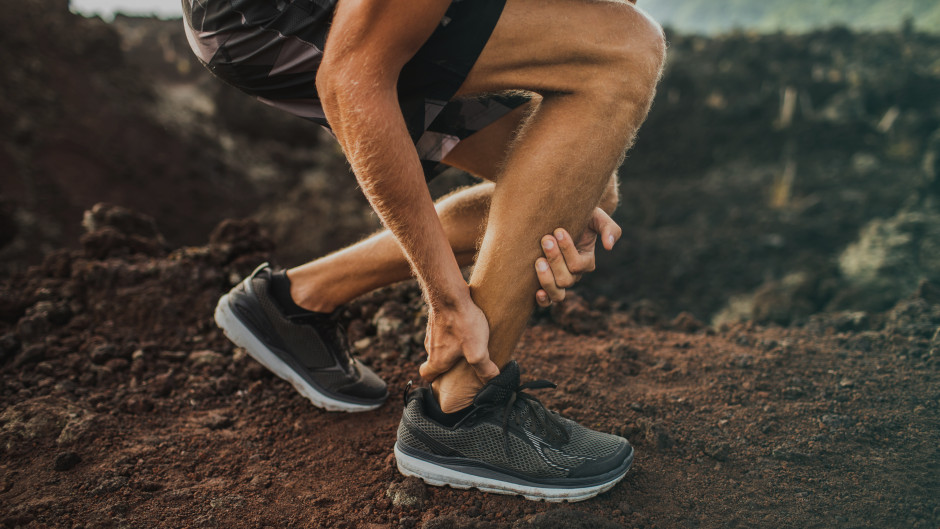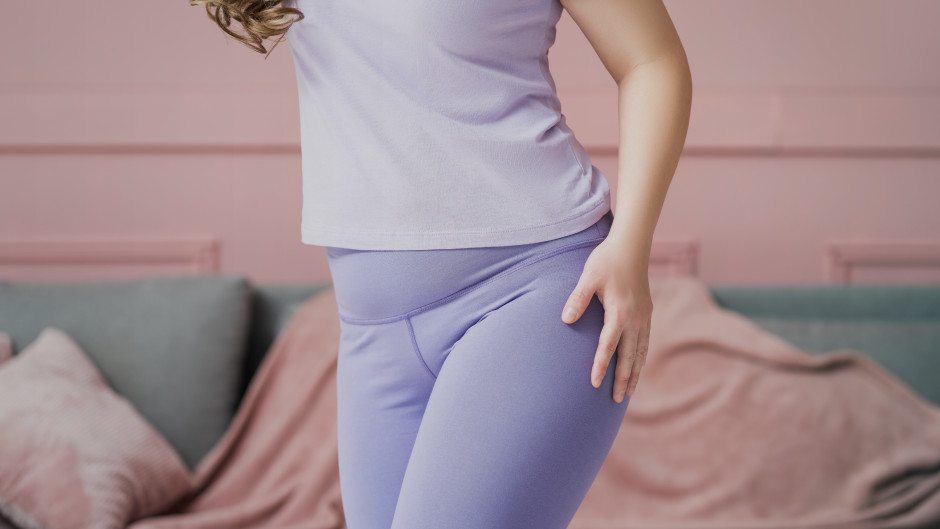ARTHROFIBROSIS: THE WHY, WHAT AND HOW

What is arthrofibrosis?
Arthrofibrosis is a joint disorder due to a state of chronic ongoing healing.This leads to the formation of adhesions, excessive production of scar tissues, soft tissues contraction,
extra-cellular matrix (ECM) excessive deposit, disproportionate pain, and ultimately restricted range of motion of the joint.
The overall clinical scenario is caused by the persistence of specialized healing cells called myofibroblasts that are usually expressed in the physiologic healing process. In this case, they are over-expressed. Myofibroblasts can aggressively lead to the production of adhesions, fibrosis, tissues contraction, and ECM, favoring an overall state of uncontrolled inflammation.
Does arthrofibrosis have any stages?
Arthrofibrosis usually occurs in 2 phases:
1) The first stage is the active stage in which ECM formation is driven by a repetition of inflammatory feedback.
The myofibroblasts and immune cells create a positive feedback by producing inflammatory and healing factors that keep each other permanently activated.
2) The second stage is the residual stage.
When inflammation resolves, a residual phase occurs that is no longer painful but ROM remains limited for an extended time due to the matured fibrosis.
What are the causes of arthrofibrosis?
Primary drivers include:
1. Insult: Surgery, injury, trauma
2. Inflammation: loosening implants, metal allergy, diabetes
3. Hypoxia: Surgery, injury, others
4. Predisposition: autoimmune disorders, history of surgeries, genetics
5. Infection: Joint, gum, respiratory infection (flu,COVID)
Secondary drivers include:
1. Physical therapists forcing ROM, aggressive approach in rehabilitation or loaded exercises performed too early.
2. Stress
3. Lack of sleep
4. Lack of essential nutrients
Signs and symptoms of arthrofibrosis
1. Usually ROM loss (not always / may not be significant)
2. Pain
3. Muscle atrophy & weakness
4. Swelling, warmth, redness (not always/ may not be significant, Chronic low-grade inflammation)
5. Functional limitations
6. Psychological impacts
What should you remember when treating arthrofibrosis?
1. Address knee extension (Use low load prolonged stretch progression).
2. Address patellar mobility.
3. Address knee flexion (concurrently with knee extension).
4. Use ice and compression to slow down metabolism.
5. An effective drug plan for pain management by a pain specialist is important as it can assist the patients to move freely.
6. Use crutches for controlled weight-bearing on the affected joint.
7. Do not force the knee EVER. The main goal is homeostasis.
8. Use continuous passive motion (CPM) machine.
9. Educate - Explain, show and make the patients practice the HEP.
10. Leave time for emotional support.
Source:
From the lecture ‘Management of Knee Arthrofibrosis’ by Sebastiano Nutarelli



